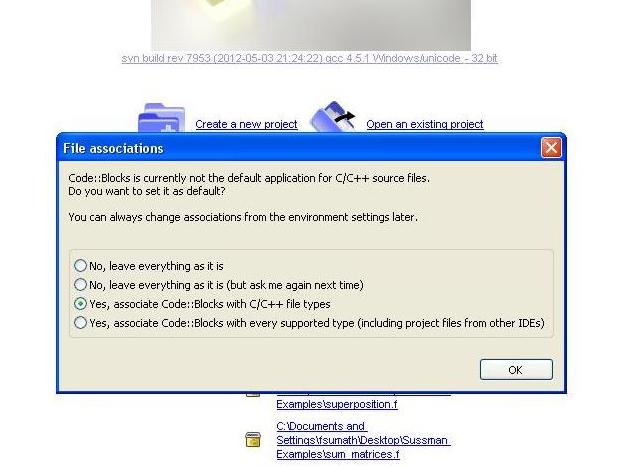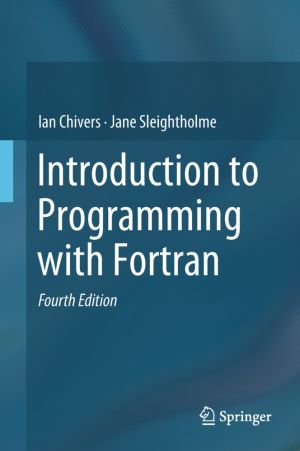

#Dialogs simply fortran mac#
On Linux* OS and Mac OS* X systems, you can use the -shared-intel compiler option on the command line to specify that you want to use the dynamic versions of all Intel libraries. Intel® Fortran provides different types of libraries, such as static or DLL, single-threaded or multi-threaded. It also reduces the number of command-line entries needed to compile your project.
#Dialogs simply fortran code#
Combining object files into a library makes it easy to distribute your code without disclosing the source. This takes the form ‘/’ and forces the next data output to be on a new line.įollowing symbols are used with the format descriptors − Sr.Libraries are simply an indexed collection of object files that are included as needed in a linked program. Slash descriptor – used to insert blank lines. This takes the form ‘nX’ where ‘n’ is the number of desired spaces. If the field width is not large enough to accommodate the character string then the field is filled with the first ‘w’ characters of the string. Character types are right justified in their fields.

This takes the form ‘rAw’ where the meanings of r and w are given in the table below. Here also, the width field must satisfy the expressionw ≥ d + 7 If the field width is not large enough to accommodate the real number then the field is filled with asterisks. Real values are right justified in their fields. Scientific notation has the mantissa in the range 1.0 to 10.0 unlike the E descriptor which has the mantissa in the range 0.1 to 1.0.

The ‘E’ descriptor described above differs slightly from the traditional well known ‘scientific notation’.

This takes the form ‘rESw.d’ where the meanings of r, w and d are given in the table below. This is used for real output (scientific notation). One for the sign of the mantissa, two for the zero, four for the mantissa and two for the exponent itself. Please note that, to print out a real number with three decimal places a field width of at least ten is needed. The ‘E’ descriptor statement takes the form ‘rEw.d’ where the meanings of r, w and d are given in the table below. This is used for real output in exponential notation. This takes the form ‘rFw.d’ where the meanings of r, w and d are given in the table below. If the field width is not large enough to accommodate an integer then the field is filled with asterisks. Integer values are right justified in their fields. This takes the form ‘rIw.m’ where the meanings of r, w and m are given in the table below. The following table describes the descriptors − Descriptor It consists of a string, containing a list of edit descriptors in parentheses.Īn edit descriptor specifies the exact format, for example, width, digits after decimal point etc., in which characters and numbers are displayed. Variable-list is a list of the variables to be read from keyboard or written on screenįormat specification defines the way in which formatted data is displayed. Formatted Input Outputįormatted input output has the syntax as follows − However the formatted I/O gives you more flexibility over data transfer.
#Dialogs simply fortran free#
The free format simple I/O has the form − This form of input-output is free format I/O, and it is called list-directed input-output. We have so far seen that we can read data from keyboard using the read * statement, and display output to the screen using the print* statement, respectively.


 0 kommentar(er)
0 kommentar(er)
